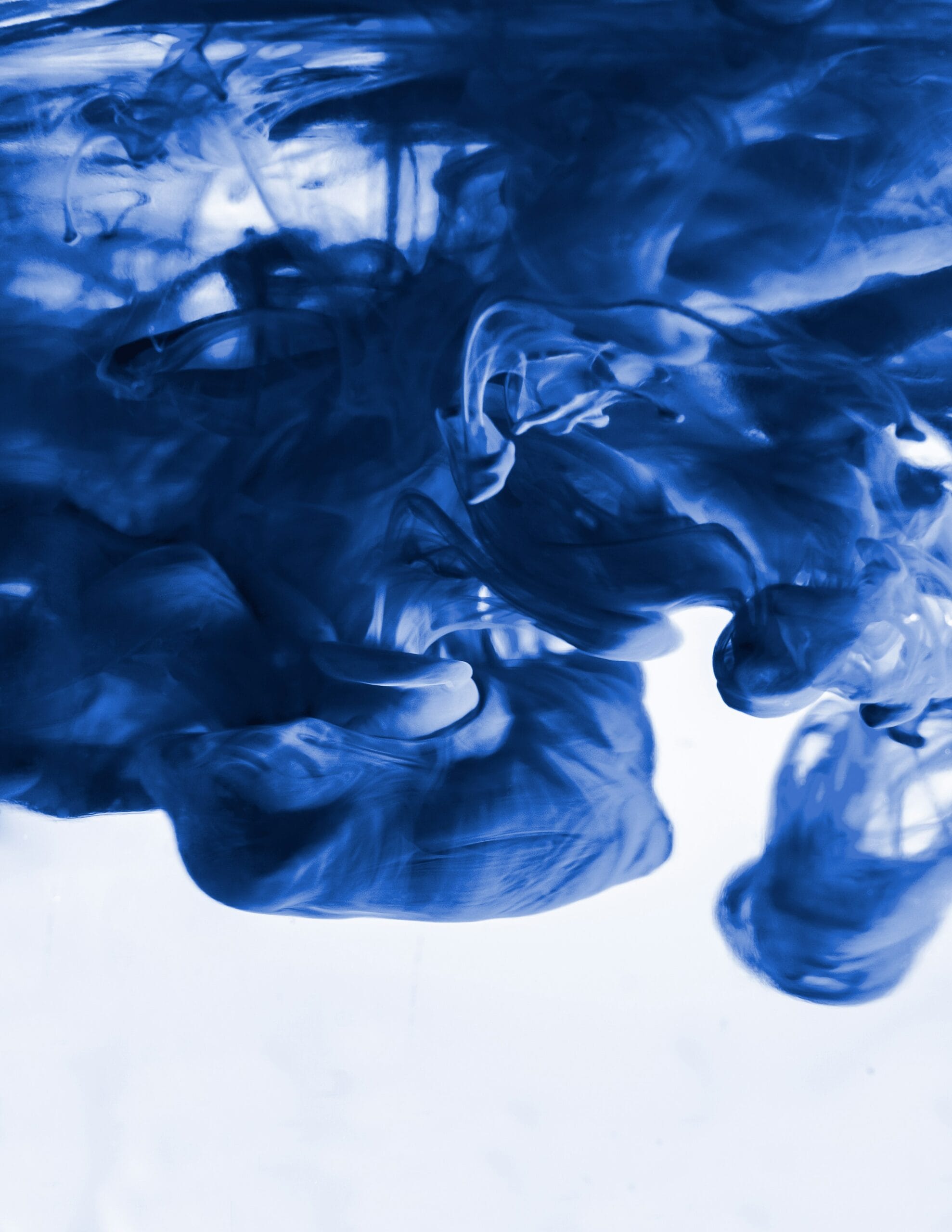The printing industry has undergone a revolution with the advent of UV ink technology. Unlike traditional solvent-based or water-based inks, UV inks cure instantly under ultraviolet light, enabling faster production cycles and higher durability. This innovation has transformed industries ranging from packaging to automotive manufacturing. As sustainability and efficiency become critical priorities for businesses, understanding UV ink’s capabilities and applications is essential for decision-makers.
UV ink is a type of printing material that cures instantly when exposed to ultraviolet light, offering superior durability, faster production speeds, and eco-friendly benefits compared to conventional inks.
This article dives deep into UV ink technology, exploring its composition, advantages, industry applications, and how it stacks up against traditional alternatives. Whether you’re a manufacturer, supplier, or business evaluating printing solutions, this guide provides actionable insights to inform your strategy.
1. What Is UV Ink? Composition and Curing Process
UV ink is a photopolymer-based material that solidifies instantly when exposed to UV light, eliminating the need for evaporation or absorption into substrates.
UV ink consists of three primary components:
- Monomers/Oligomers: Liquid polymers that form the ink’s structure.
- Photoinitiators: Chemicals that react to UV light to trigger curing.
- Pigments/Additives: Provide color and functional properties (e.g., flexibility, gloss).
When UV light (typically 200–400 nm wavelength) hits the ink, photoinitiators absorb energy and initiate polymerization, transforming the liquid ink into a solid film within seconds. This process, called curing, occurs in three stages:
- Initiation: UV light activates photoinitiators.
- Propagation: Polymers cross-link to form a solid matrix.
- Termination: The reaction completes, leaving a durable finish.
Key Fact: UV inks cure at 90–95% efficiency, reducing waste and energy consumption.
Understanding the science behind UV ink sets the stage for evaluating its practical benefits. Let’s explore why businesses are adopting this technology.
2. Key Advantages of UV Ink Over Traditional Inks
UV ink outperforms traditional inks in speed, durability, and environmental impact.
Speed and Efficiency
- Instant Curing: No drying time required, enabling faster production (e.g., 10,000 sheets/hour vs. 5,000 for solvent-based inks).
- Reduced Downtime: Eliminates clogging issues common in water-based inks.
Durability
- Scratch Resistance: Ideal for packaging and outdoor signage.
- Chemical Resistance: Withstands exposure to oils, alcohols, and cleaners.
Sustainability
- Low VOC Emissions: UV inks contain <5% volatile organic compounds (VOCs), complying with EPA regulations.
- Recyclability: Cured ink films don’t interfere with substrate recycling.
Comparison Table: UV Ink vs. Solvent-Based Ink
| Criteria | UV Ink | Solvent-Based Ink |
|---|---|---|
| Curing Time | 0.5–2 seconds | 2–24 hours |
| VOC Emissions | <5% | 60–80% |
| Energy Consumption | 30–50% lower | High (drying required) |
These advantages make UV ink indispensable across industries. Next, we examine its real-world applications.
3. Industrial Applications of UV Ink
UV ink is widely used in packaging, electronics, automotive, and decorative printing due to its versatility.
Packaging
- Food Packaging: Compliant with FDA standards for indirect food contact.
- Pharmaceuticals: Resists moisture and tampering.
Electronics
- Circuit Boards: UV-curable solder masks ensure precision.
- Touchscreens: Scratch-resistant coatings enhance durability.
Automotive
- Interior Panels: UV inks withstand heat and UV radiation.
- Decorative Trim: High-gloss finishes for luxury vehicles.
Case Study: A European packaging company reduced its carbon footprint by 40% after switching to UV ink for labels and cartons.
Despite its benefits, UV ink isn’t without challenges. Let’s address potential drawbacks.
4. Challenges and Considerations When Using UV Ink
High upfront costs and substrate compatibility are common challenges with UV ink.
Cost Factors
- Equipment Investment: UV LED printers cost 20–30% more than traditional systems.
- Ink Pricing: UV inks are 15–25% pricier per liter than solvent-based alternatives.
Technical Limitations
- Substrate Restrictions: Works best on non-porous materials (e.g., plastics, metals).
- Oxygen Inhibition: Air exposure can slow curing; nitrogen purging may be needed.
Mitigation Strategies:
- Conduct a cost-benefit analysis for long-term ROI.
- Partner with suppliers to test substrate compatibility.
Choosing the right UV ink requires balancing technical and financial factors.
5. How to Choose the Right UV Ink for Your Business
Select UV ink based on substrate type, curing system, and regulatory requirements.
Step 1: Evaluate Substrates
- Plastics: Use rigid or flexible UV inks depending on polymer type.
- Metals: Opt for adhesion-promoting additives.
Step 2: Match Curing Systems
- Mercury Arc Lamps: Suitable for high-speed printing.
- UV LED: Energy-efficient but lower intensity.
Step 3: Compliance
- FDA CFR 21: Required for food-contact materials.
- REACH/ROHS: Essential for EU markets.
Checklist for Buyers:
✅ Confirm adhesion and flexibility tests.
✅ Request SDS (Safety Data Sheets).
✅ Verify supplier certifications (e.g., ISO 9001).
As technology evolves, UV ink is poised for further innovation.
6. Future Trends in UV Ink Technology
Bio-based formulations and hybrid curing systems will dominate UV ink innovation.
Sustainability-Driven R&D
- Plant-Based Photoinitiators: Reduce dependency on petrochemicals.
- Recyclable Inks: Develop inks that separate easily during recycling.
Hybrid Curing
- UV/EB (Electron Beam): Combines UV light and electron beams for deeper curing.
- Dual-Cure Systems: Use both UV and moisture curing for complex substrates.
Market Forecast: The global UV ink market is projected to grow at a CAGR of 7.8% from 2023 to 2030, driven by demand in Asia-Pacific’s packaging sector.
Conclusion
UV ink represents a transformative solution for industries prioritizing speed, durability, and sustainability. While initial costs and technical challenges exist, advancements in bio-based materials and hybrid curing systems promise to expand its applications further. By aligning UV ink selection with operational needs and regulatory standards, businesses can unlock long-term competitive advantages. Stay ahead by monitoring trends like recyclable formulations and automation-ready inks—your next efficiency breakthrough may lie in this technology.


